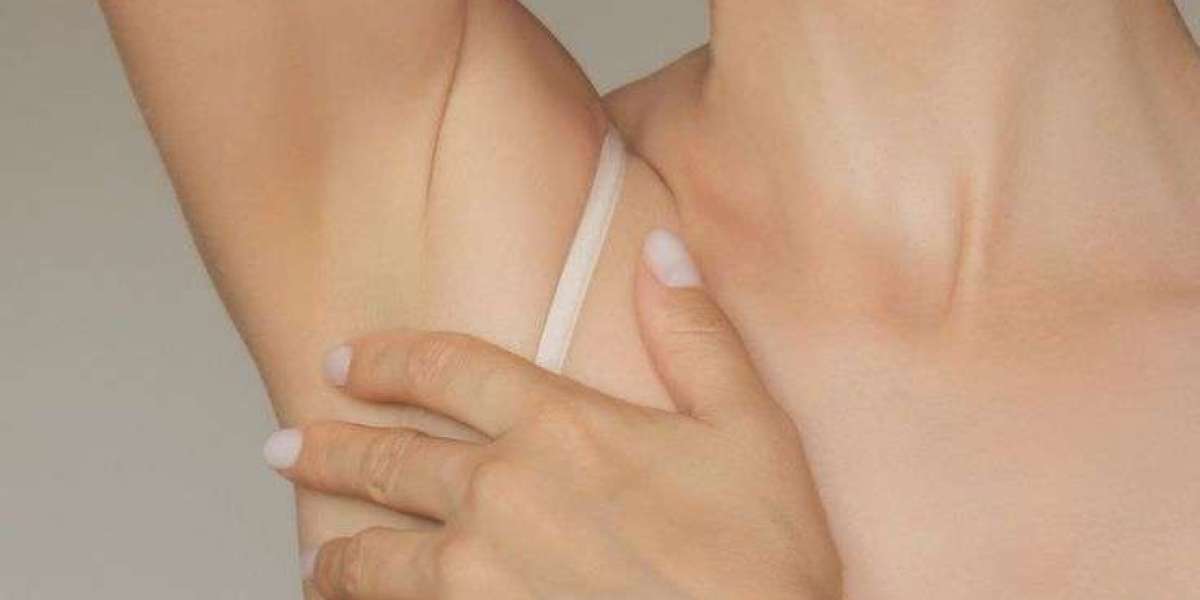The Indonesia cosmetic market is poised for substantial growth in 2025, driven by evolving consumer demands, technological advancements, and the increasing influence of social media. As the beauty industry continues to expand, both local and international players are adapting to emerging trends and challenges. Here’s an in-depth forecast of the Indonesia cosmetic market, focusing on growth, trends, consumer behavior, local brand impact, and challenges ahead.
1. Growth: A Booming Beauty Industry
The Indonesian beauty and personal care industry is projected to maintain a compound annual growth rate (CAGR) of 7-9% in 2025. Factors such as a rising middle class, higher disposable income, and greater awareness of skincare and cosmetics contribute to this steady expansion. The surge in digital shopping platforms, particularly TikTok Shop, Shopee, and Lazada, continues to drive accessibility and sales, making beauty products more reachable for consumers across the nation.
2. Trends: Tech-Driven Beauty and Sustainable Products
The cosmetic industry is witnessing a shift towards technology-driven beauty solutions. Brands are investing in AI-based skincare analysis, virtual try-on features, and personalized product recommendations. Additionally, sustainable beauty is gaining momentum, with eco-friendly packaging, cruelty-free formulations, and halal-certified products becoming mainstream. The popularity of multi-purpose products, such as hybrid skincare-makeup items, is also expected to grow in response to consumer demand for convenience and efficiency.
3. Consumer Behavior: Social Media Influence and Online Shopping
The way Indonesian consumers shop for beauty products is evolving, with social media playing a crucial role in purchase decisions. Platforms like TikTok and Instagram have become virtual beauty marketplaces, where influencers and user-generated content heavily impact buying behavior. Additionally, the rise of e-commerce has made online beauty shopping more seamless, with flash sales, exclusive online discounts, and interactive product demonstrations driving higher engagement.
4. Local Brands: Rising Competition with Global Players
Indonesian brands such as Wardah, Somethinc, and Avoskin continue to expand their market presence, competing against international giants like L’Oréal and Estée Lauder. Local brands are gaining traction due to their affordability, halal certification, and formulations tailored for Southeast Asian skin types. The growing demand for natural and locally sourced ingredients has also given an edge to domestic beauty brands that prioritize authenticity and sustainability.
5. Challenges: Regulations and Market Saturation
Despite its promising future, the Indonesian cosmetic market faces key challenges. Regulatory compliance remains a hurdle, as brands must meet strict halal certification, safety standards, and labeling requirements. Additionally, the rapid expansion of beauty brands has led to market saturation, making differentiation crucial for businesses. Companies that fail to innovate or adapt to consumer trends risk losing market share in this highly competitive industry.
Fore More Info : - https://www.gmiresearch.com/report/indonesia-cosmetic-market/
Conclusion: An Evolving Market with High Potential
The forecast for Indonesia’s cosmetic market in 2025 highlights continuous growth, technological advancements, and increased competition. With sustainability, digital transformation, and personalized beauty solutions leading the way, brands must stay agile to thrive. While challenges exist, the industry’s potential remains strong, ensuring an exciting future for both businesses and consumers in Indonesia’s dynamic beauty landscape.
Company Name: GMI RESEARCH
Email: [email protected]
Address: Dublin, Ireland
Website: https://www.gmiresearch.com/
GMI Research – Consulting & Market Research








